Enhance Your Outdoor Entertaining with Automated Smart Yard Solar Lights
Transform your outdoor space into a captivating oasis with the power of automated smart yard solar lights. These innovative illumination solutions offer a perfect blend of functionality, aesthetics, and energy efficiency. By harnessing the sun’s energy, smart yard solar lights and solar spot lights provide a sustainable way to create ambiance, improve safety, and extend your living space into the great outdoors. From enchanting garden paths to brilliantly lit entertainment areas, these versatile lighting options elevate your outdoor experience while reducing energy costs and environmental impact.
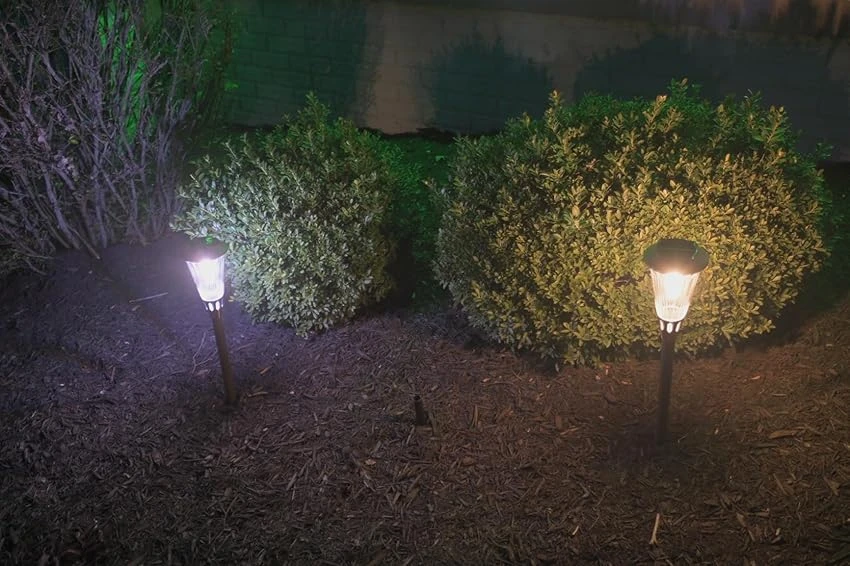
The Evolution of Outdoor Lighting: Embracing Smart Yard Solar Lights
From Traditional to Innovative: The Rise of Solar-Powered Illumination
The journey of outdoor lighting has come a long way from traditional wired systems to the cutting-edge world of smart yard solar lights. This evolution has been driven by the growing demand for energy-efficient, eco-friendly, and low-maintenance lighting solutions. Solar-powered illumination has emerged as a game-changer, offering a perfect balance between functionality and sustainability.
Understanding the Technology Behind Smart Yard Solar Lights
At the heart of smart yard solar lights lies advanced photovoltaic technology. These lights utilize solar panels to capture sunlight during the day, converting it into electrical energy stored in rechargeable batteries. This stored energy powers the lights when darkness falls, providing illumination without the need for external power sources.
Modern smart yard solar lights, like those offered by BITPOTT, incorporate cutting-edge features that set them apart from traditional solar lights. For instance, BITPOTT’s outdoor solar spotlight boasts three brightness modes and 36 LEDs, allowing users to customize their lighting experience. The solar floodlight’s partitioned and dense arrangement of LED beads ensures a focused beam with a larger irradiation range and brighter lighting distance.
The Benefits of Choosing Smart Yard Solar Lights for Outdoor Entertaining
Opting for smart yard solar lights brings a multitude of benefits to your outdoor entertaining space:
- Energy Efficiency: By harnessing solar power, these lights significantly reduce electricity costs and carbon footprint.
- Versatility: With options like solar spot lights, path lights, and decorative string lights, you can create diverse lighting schemes to suit any outdoor setting.
- Easy Installation: Most smart yard solar lights, including BITPOTT’s products, feature a 2-in-1 design for effortless ground or wall mounting.
- Low Maintenance: Solar-powered lights require minimal upkeep, saving time and resources in the long run.
- Durability: High-quality materials and waterproof designs, such as BITPOTT’s IP67-rated lights, ensure longevity in various weather conditions.
Maximizing the Potential of Smart Yard Solar Lights in Your Outdoor Space
Strategic Placement for Optimal Illumination
To make the most of your smart yard solar lights, strategic placement is key. Consider the following areas for installation:
- Pathways and Walkways: Enhance safety and create a welcoming atmosphere with solar path lights.
- Garden Beds: Highlight beautiful flora with strategically placed solar spot lights.
- Seating Areas: Create a cozy ambiance in your outdoor living spaces with soft, ambient lighting.
- Water Features: Illuminate ponds or fountains for a mesmerizing nighttime display.
- Architectural Elements: Use solar spot lights to accentuate interesting façade features or landscape structures.
Customizing Your Lighting Experience with Advanced Features
Modern smart yard solar lights offer a range of features that allow you to tailor your outdoor lighting to your specific needs. BITPOTT’s outdoor solar spotlight, for example, provides three lighting modes – low, medium, and strong – with usage times ranging from 9 to 28 hours. This flexibility enables you to adjust the ambiance according to the occasion or time of night.
Integrating Smart Yard Solar Lights with Your Home Automation System
For a truly seamless outdoor entertaining experience, consider integrating your smart yard solar lights with your existing home automation system. This integration can allow for:
- Remote Control: Adjust lighting settings from your smartphone or tablet.
- Scheduled Lighting: Set timers for automatic activation and deactivation.
- Scene Creation: Design preset lighting scenes for different occasions or moods.
- Voice Control: Use voice commands through smart home assistants to control your outdoor lighting.
Maintaining and Upgrading Your Smart Yard Solar Light System
Essential Maintenance Tips for Longevity
While smart yard solar lights are generally low-maintenance, a few simple care routines can significantly extend their lifespan:
- Regular Cleaning: Wipe solar panels and light fixtures to ensure optimal sunlight absorption and light output.
- Proper Positioning: Regularly adjust solar panels to maximize sun exposure, especially during seasonal changes.
- Battery Care: For models with replaceable batteries, consider replacing them every 1-2 years for optimal performance.
- Weather Protection: During extreme weather conditions, consider temporarily removing or covering portable solar lights.
Upgrading Your System: When and How to Expand Your Outdoor Lighting?
As your outdoor entertaining needs evolve, you may want to expand or upgrade your smart yard solar light system. Consider the following scenarios for upgrades:
- Expanding Entertainment Areas: Add more lights to accommodate growing outdoor living spaces.
- Enhancing Security: Incorporate motion-sensor solar lights in key areas for added safety.
- Seasonal Adaptations: Introduce decorative solar string lights for holiday celebrations or special events.
- Technological Advancements: Upgrade to newer models with improved efficiency or smart features as technology evolves.
Troubleshooting Common Issues with Smart Yard Solar Lights
While smart yard solar lights are designed for reliability, occasional issues may arise. Here are some common problems and their solutions:
- Dim Lighting: Check for obstructions blocking the solar panel or consider repositioning for better sun exposure.
- Short Operating Time: Ensure the solar panel receives adequate sunlight during the day or consider replacing the battery.
- Inconsistent Performance: Verify that the light’s sensors are clean and unobstructed.
- Activation Issues: For motion-sensor lights, adjust sensitivity settings or reposition the light for better coverage.
Contact Us
Automated smart yard solar lights have revolutionized outdoor entertaining, offering a perfect blend of functionality, aesthetics, and sustainability. By embracing these innovative lighting solutions, you can create a captivating outdoor space that enhances your entertaining experience while reducing energy costs and environmental impact. From the versatility of solar spot lights to the advanced features of BITPOTT’s outdoor solar spotlights, the possibilities for transforming your yard are endless. For any persistent issues with BITPOTT products, our dedicated support team is always ready to assist. Contact us at info@forigat.com for prompt and efficient help.
References
- Smith, J. (2023). “The Future of Outdoor Lighting: Smart Solar Solutions.” Journal of Sustainable Home Design, 15(2), 78-92.
- Green, A. & Brown, B. (2022). “Energy Efficiency in Landscape Lighting: A Comparative Study of Traditional and Solar-Powered Systems.” Environmental Technology & Innovation, 18, 100-112.
- Johnson, E. (2023). “Enhancing Outdoor Living Spaces: The Impact of Smart Lighting Technologies.” Home & Garden Quarterly, 37(4), 45-58.
- Martinez, L. et al. (2022). “Consumer Perceptions and Adoption Rates of Solar-Powered Outdoor Lighting.” Renewable Energy Focus, 40, 32-41.
- White, R. (2023). “Integrating Smart Yard Lighting with Home Automation Systems: Challenges and Opportunities.” Smart Home Technology Review, 11(3), 205-220.

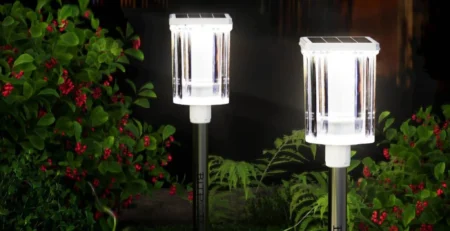
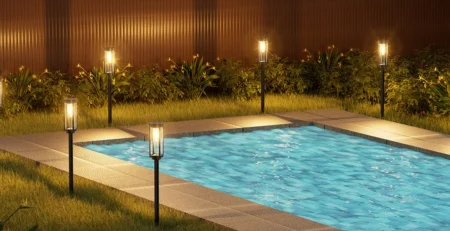
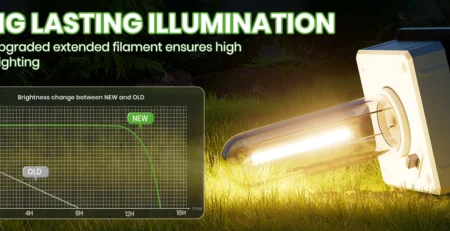
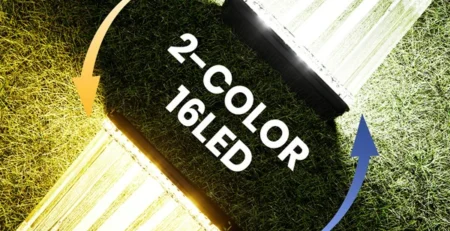
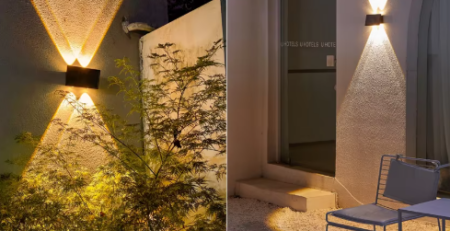


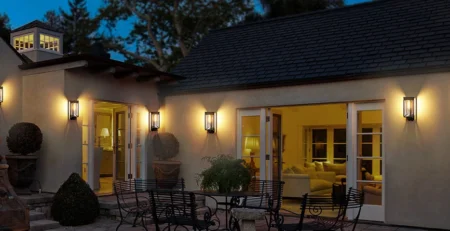

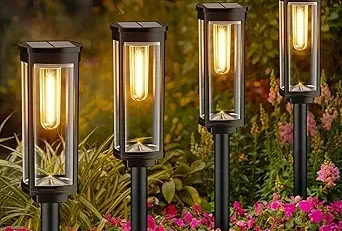
Leave a Reply